What To Look For in a Student Violin?
Purchasing a first violin whether for yourself, or your child can be a daunting and overwhelming experience. There are so many violins on the market, both new and secondhand. How will you choose the best instrument to start learning on?
Luckily, we here at WA Music Co. have plenty of experience helping new violinists select the best instrument to suit their budgetary and learning needs! The best beginner violin is an instrument that sounds great, is comfortable and easy to play, and is not too expensive. This, we can certainly do for you.
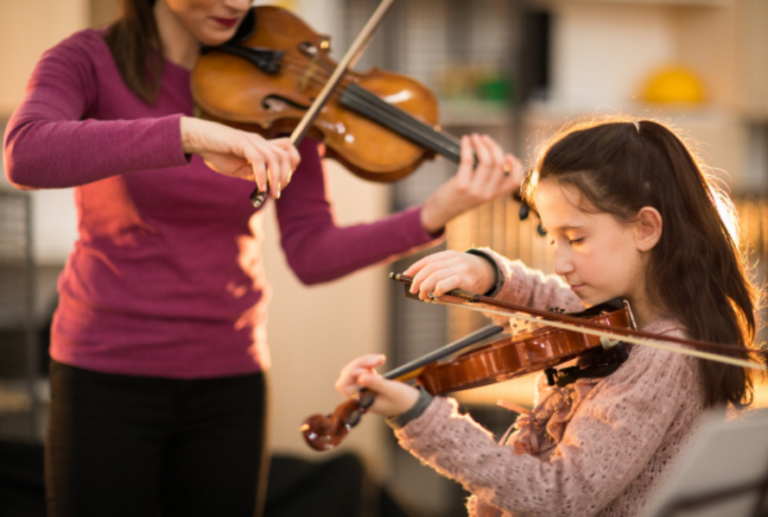
Options: Buying vs Hiring
If you’re not sure whether you or your child will want to continue with the violin after trying it out, you can always hire an instrument from us. Hiring is perfect for people unsure if the violin is right for them, and also for children who are growing very quickly and progressing through the sizes (1/4, 1/2, 3/4, oh my!) at a rate of knots.
Hire violins from our store are generally our popular student models (Schumann Prodigies, Paganini 500s) and have been checked by our luthier before becoming available for hire. We have a minimum hire period of three months, monthly recurring billing thereafter, and no lock-in contract after that. Feel free to return it whenever you’re done with it!
For more information, you can view our Hire Information page here.
What to look for in a student violin
If you decide to purchase an instrument outright, you should consider the following features of any given instrument to assess its quality and ease of playing:
Pegs/ peg box:
A student violin should have pegs that turn easily and don’t stick or slide. They need to be firm enough to hold the strings taut, without being so stiff that they are difficult to turn.
Bridge:
The bridge should not be too high or too low and should be shaped and fit correctly. A bridge that is too tall, holds the string too high above the fingerboard, making it difficult for students to hold the note down with their fingers. Although, less common, a bridge that is too low, can cause buzzing as it vibrates off the fingerboard. The bridge needs to be shaped correctly with a precise curvature as it is this that allows the easy transition of the bow from one string to another. Lastly, the bridge must sit on the body of the violin perfectly, with no gaps.
Tailpiece:
A tailpiece should be carbon fibre or solid wood, for optimal sound and quality.
Body:
The body of the violin is made from a combination of spruce wood (top plate) and maple (back and sides). It is essential that the violin is composed of these woods and is not made from a cheaper laminated wood.
Strings:
Good quality strings make a world of difference! A good set of strings should cost from around $40 upwards. Anything really cheap will sound tinny or scratchy and can really discourage a new player (or those who have to listen to them!) Consider D’Addario Helicore, or Pirastro Tonica strings for nice, warm-sounding student strings.
Bow:
Bows should be made from solid wood with horsehair. Another popular option is carbon fibre. If you look carefully along the length of the bow, you should not see any kinks in the wood.
What brand?
Brand is less of an issue when buying strings than when purchasing brass or woodwind. More important for violins are a professional set up (height and shaping of the bridge, quality strings and well fitted pegs) that makes the instrument suitable to a beginner. Schumann Prodigy violins or Paganini violins are great brands to start playing. A violin made with poor quality materials, that is not well set up will be hard to play and will not stay in tune as it should.
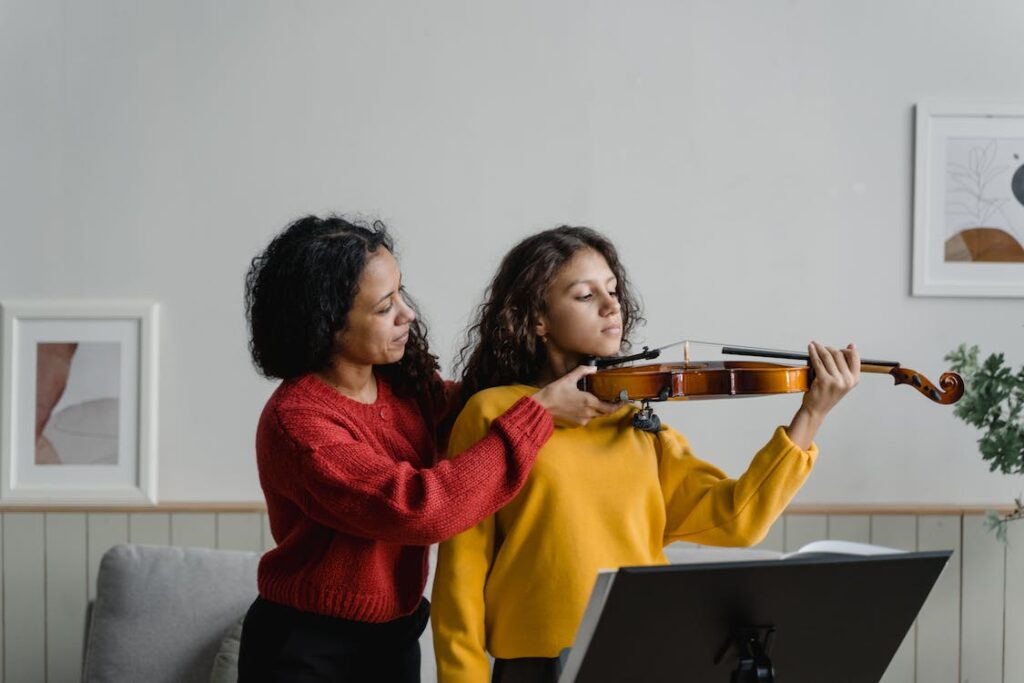
Size
For children: If you are buying a violin for a child it is important that you get the right size of violin. Your teacher will advise on what size your child needs. If you want to buy or hire a violin before you have seen the teacher, then we are happy to measure them up in the shop.
A child will progress through different stages of sizes as they grow. Violins start in size from a 1/16 and progress though the following sizes: 1/12, 1/10, 1/8, ¼, ½, ¾, and 4/4 (referred to as four- four or full size).
Whilst we know that an average 10- to 12-year-old may be on a ¾ violin or cello, children vary dramatically in size, and it is important your child is present at the time of purchase if you are unsure what size will fit them.
If you are an adult beginner, you will be starting on a full sized, 4/4 instrument. Occasionally, some very petite adults will start on a ¾ if they are having trouble reaching along the neck. It is also possible to buy 7/8 violins or cellos for very petite adults, however, keep in mind that these are far less common and there often aren’t many options in student sizes.
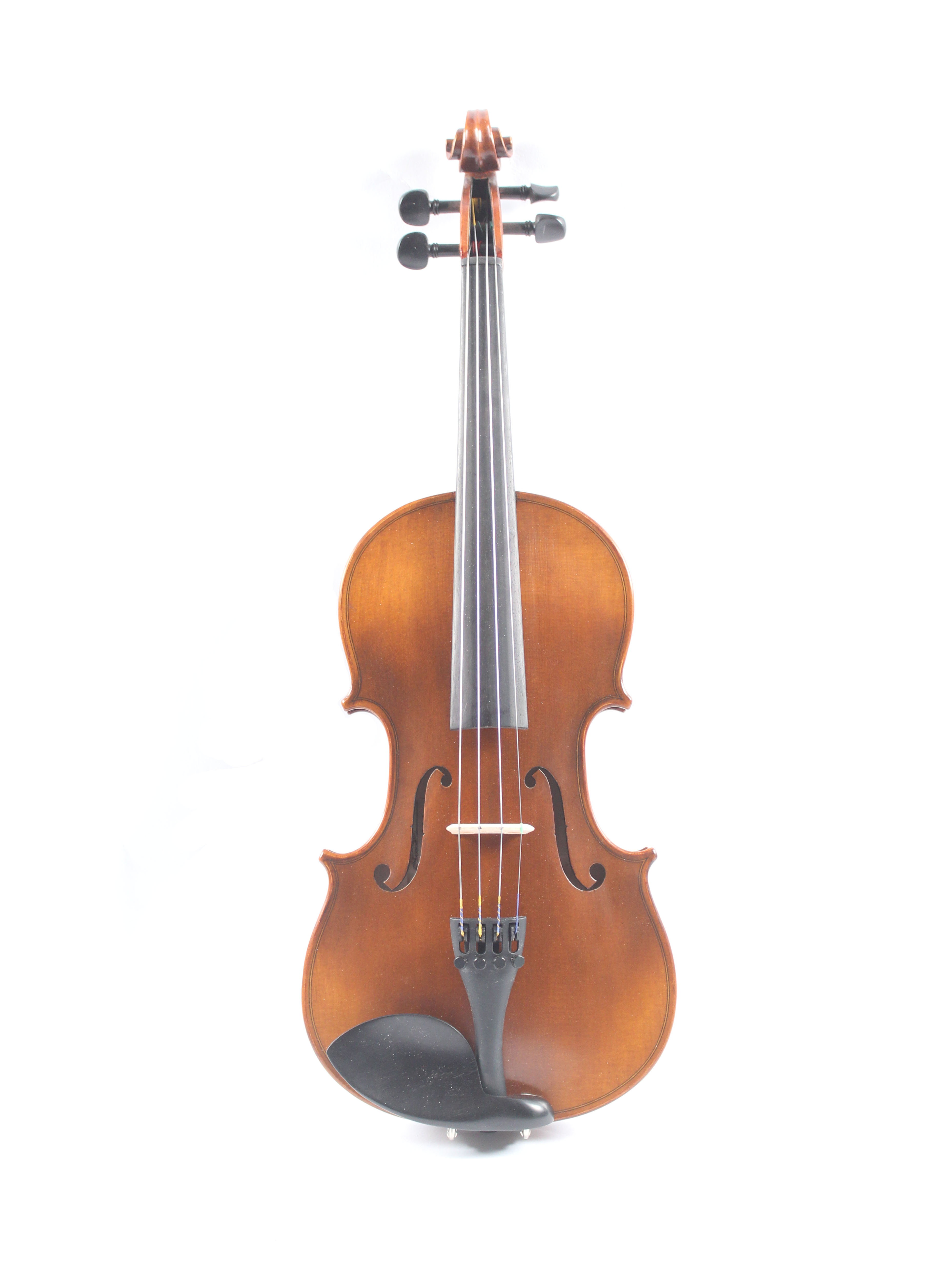
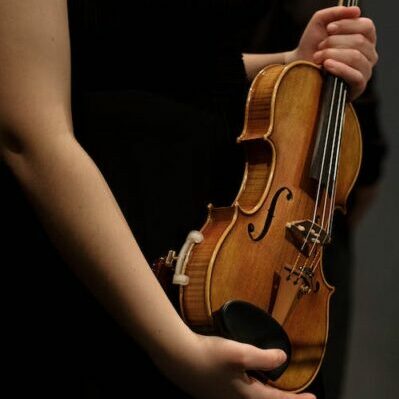
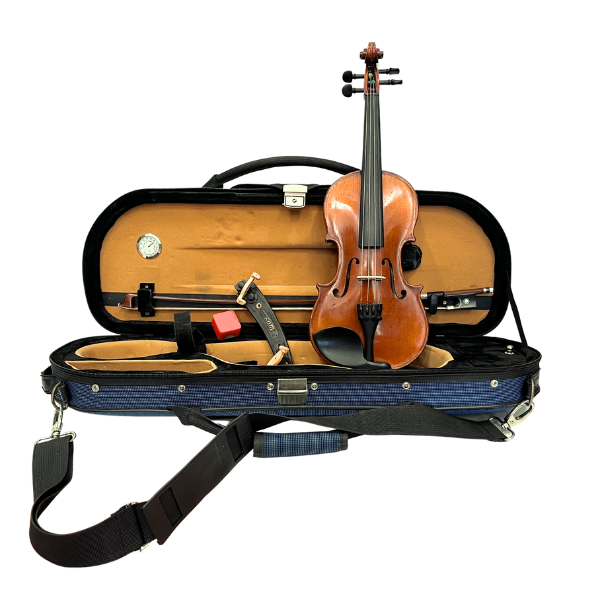
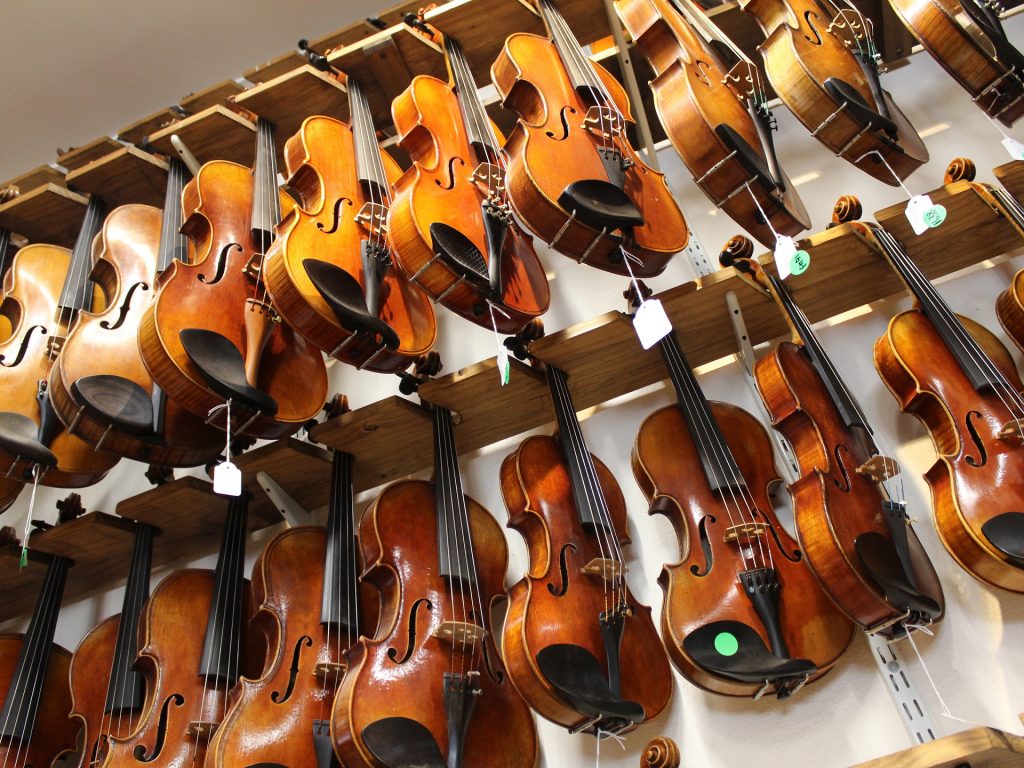
Cost:
A student violin does not have to be very expensive. However tempting, we strongly advise against buying a cheap violin from the internet or from a certain German supermarket chain.
We see many parents come in with violins purchased online that are unplayable. The pegs are too loose, the strings are of poor quality, and the bridge is shaped completely incorrectly. How can anyone play these instruments? Bringing a violin of poor quality up to standard can be costly. Refitting a new bridge, changing strings, fitting new pegs can be expensive. As a result, people regularly end up spending the same as if they’d bought a decent quality violin in the first place. Our advice would be to not buy something from a retailer that does not specialise in setting up and selling stringed instruments.
We sell good quality student violins from between $349 and $495. These come in a package with a YKK zipped case, a brazilwood bow and an RDM rosin. You may also need to purchase a shoulder rest that is between either $30 or $40.
How do I take care of my violin?
Taking care of your instrument is fairly straightforward. It involves making sure that your strings, bridge, pegs, tailpiece, and bow are all in good working order.
First, and most importantly, take the tension off your bow when you have finished playing. This is true for all stringed instruments and is vitally important. Not doing so will cause the shaft of the bow to gradually warp and loose its tension. It can also contribute to loss of bow hair and the tip or spreader wedge popping out. Turning the screw at the bottom of the bow right, will tighten it to begin playing. Turning it left will release this tension and slacken the bow hair, which is how it should be stored.
Tuning a stringed instrument takes practice!
It is quite easy to break a string if you have tuned too sharp. For the first few months of playing, you should allow the teacher to tune it for you using the pegs. You can fine tune your instrument using the fine tuners on the tailpiece. This is less risky for breaking a string.
From time to time, check the angle of your bridge. Your bridge should be sitting upright, perpendicular to the belly of the instrument. If it is on an angle, alert your teacher. Alternatively, bring it to us if you are not confident with straightening it by hand yourself.
To avoid rosin build-up, it is a good idea to wipe the body of your violin down. This can be done with a microfibre cleaning cloth.
Is there anything else I need to start playing?
To start playing, you just need a violin, a bow, a rosin and a shoulder rest. A Fom shoulder rest or Everest shoulder rest are popular choices for beginners. After that, just add a good deal of focus and determination and you’re good to go!
Where can I get lessons?
See our teacher page to see if there is anyone in your area available to teach. You can also ask us in person when you come in, or consult Music Teachers Online. We hope to see you soon!
